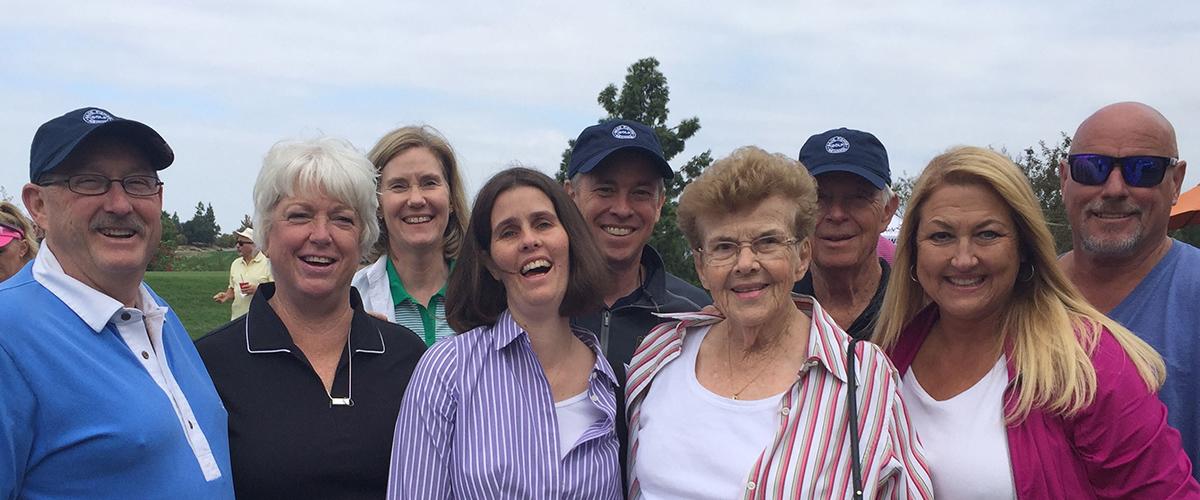Medical Marijuana and Muscular Dystrophy
Patient advocacy has brought sweeping changes to laws regarding medical use of marijuana and its cannabinoid derivatives—at least 33 U.S. states have passed some form of enabling legislation. An increase in clinical evaluations has quickly followed. At present, ClinicalTrials.gov lists 399 clinical studies of cannabinoids across a wide variety of indications.
Patient, drug industry, and research communities have largely focused on vaporized cannabinoid derivatives as the best therapeutic approach—although recent acute lung complications with this delivery mechanism remain to be addressed. The value of medical marijuana for the muscular dystrophy community is largely presumptive, as putative benefits, including analgesia, immunomodulation, anti-inflammatory activity, and antioxidative activity, have attracted few carefully controlled studies to date. Findings from a pilot survey of cannabis use in DM confirmed interest of the patient community (Montagnese et al., 2019a), showing that 33% of U.S. DM patients regularly utilize cannabis or cannabinoids for symptomatic relief. While interest in cannabinoids, particularly for management of pain, in DM has been acute, evidence of efficacy in DM patients can best be characterized as anecdotal at best. Whether cannabinoids may have benefits for other symptoms of DM is unknown.
Clinical Testing of Cannabinoids in DM Patients
Dr. Federica Montagnese and colleagues at Ludwig-Maximilians-University Munich provided a cannabidiol and tetrahydrocannabinol (CBD/THC) cocktail to four patients with DM1 or DM2 and two patients with CLCN1-myotonia, through a compassionate use protocol (Montagnese et al., 2019b). Study duration was four weeks, and the weekly assessed endpoints included myotonia behavior scale (MBS), hand-opening time, visual analogue scales for myalgia and myotonia, and fatigue and daytime sleepiness severity scale.
Almost all patients reported improvement in myotonia and hand-opening time, and MBS values improved for all patients. Some improvement in myalgia was also noted. Significant improvement in GI symptoms was reported by those patients experiencing symptoms at the study start. The authors included more detailed case report data on the responsiveness of two study patients (one with DM2, one CLCN1-myotonia).
Path Forward
Here, the research team has taken initial steps in evaluating the potential for cannabinoids in the treatment of myotonia and myalgia in a cohort of patients with DM. While lacking the potential for statistical treatment of data, the study represents a pilot for conducting controlled interventional trials for this candidate therapeutic class and demonstrates its potential value. Given the small study, the use of primarily patient-reported outcome measures, and the heterogeneity of the DM population, considerably more work (controlled studies with objective outcome measures in particular) remains before we understand whether and how to use this compound class in patients with DM. There are, as yet, no studies of cannabinoids and DM listed in ClinicalTrials.gov. Yet, Nexien BioPharma Inc. has announced their intent to seek a pre-IND meeting with FDA and to pursue a clinical development program in DM with “specific cannabinoid formulations.”
References:
Cannabis use in myotonic dystrophy patients in Germany and USA: a pilot survey.
Montagnese F, White M, Klein A, Stahl K, Wenninger S, Schoser B.
J Neurol. 2019a Feb;266(2):530-532. doi: 10.1007/s00415-018-9159-2. Epub 2018 Dec 15.
A role for cannabinoids in the treatment of myotonia? Report of compassionate use in a small cohort of patients.
Montagnese F, Stahl K, Wenninger S, Schoser B.
J Neurol. 2019b Oct 26. doi: 10.1007/s00415-019-09593-6. [Epub ahead of print]

